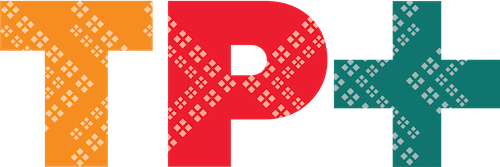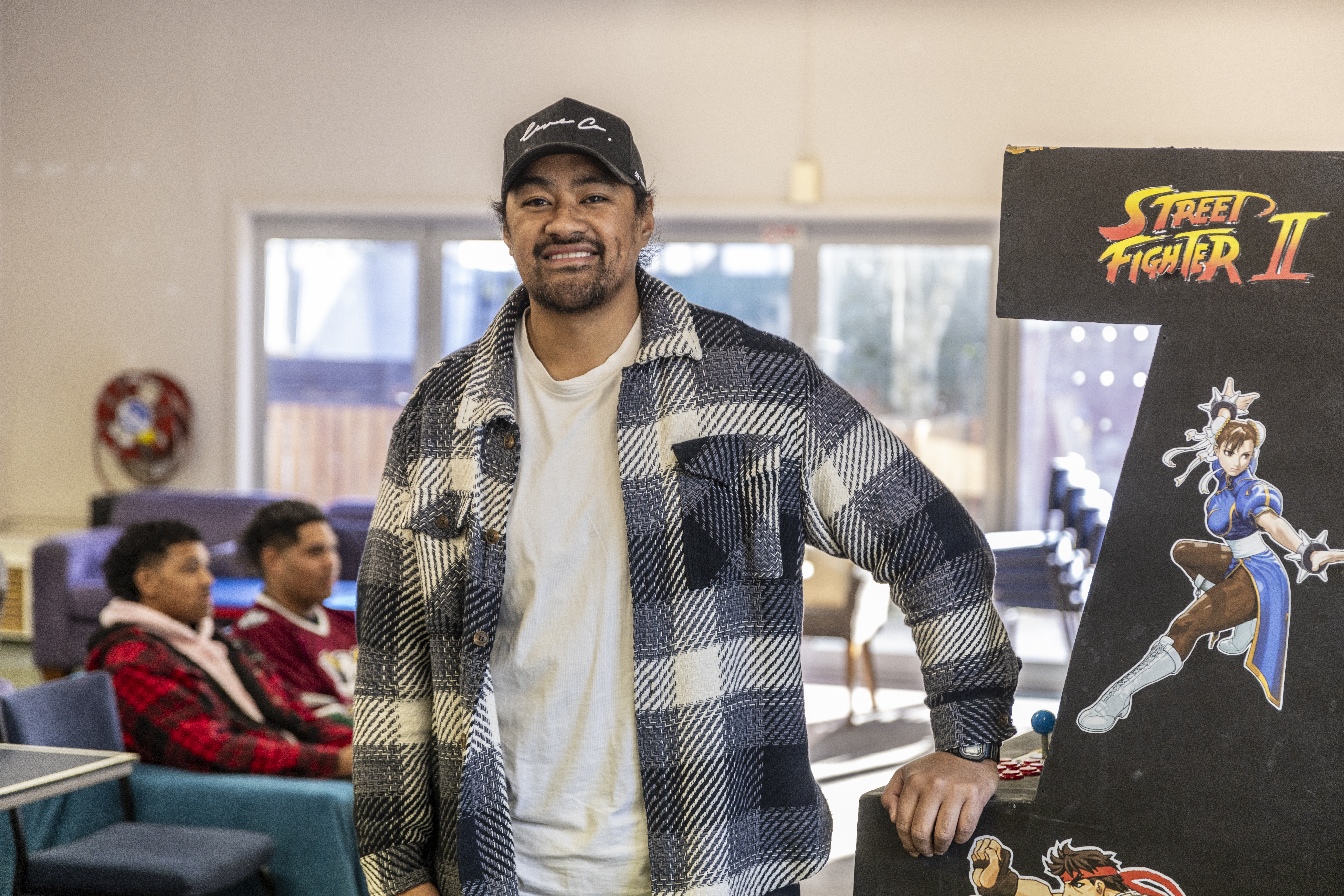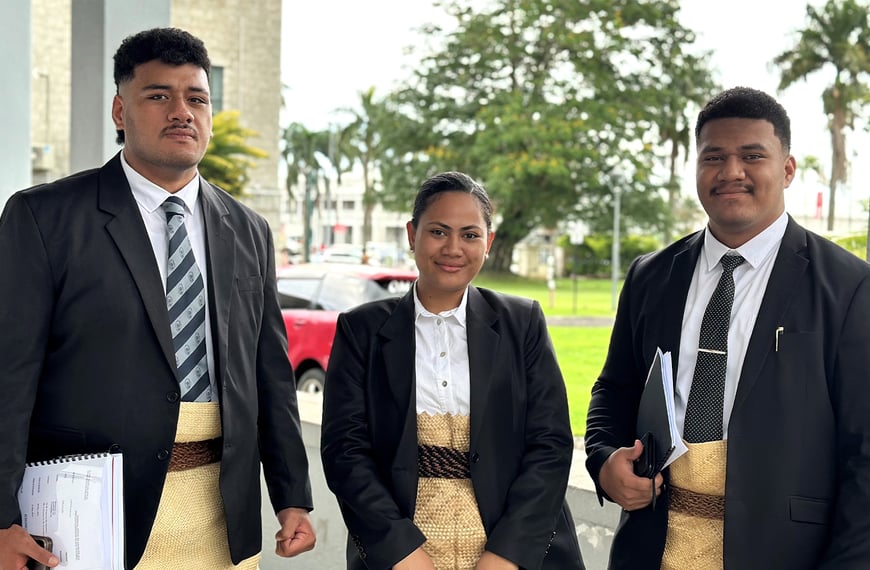Public Interest Journalism funded through NZ On Air
A local organisation in Christchurch is helping bridge the gap in engagement achievement for Pasifika youth who have been identified as “at risk” students in mainstream classes.
Fale Youth helps support youth in two main domains, “wellbeing and education” , says Uai Liu who is the founder and executive director.
Their goal of helping students rely heavily on their programs which help and assist with engagement levels whilst also boosting wellbeing and general health outside of school environments.
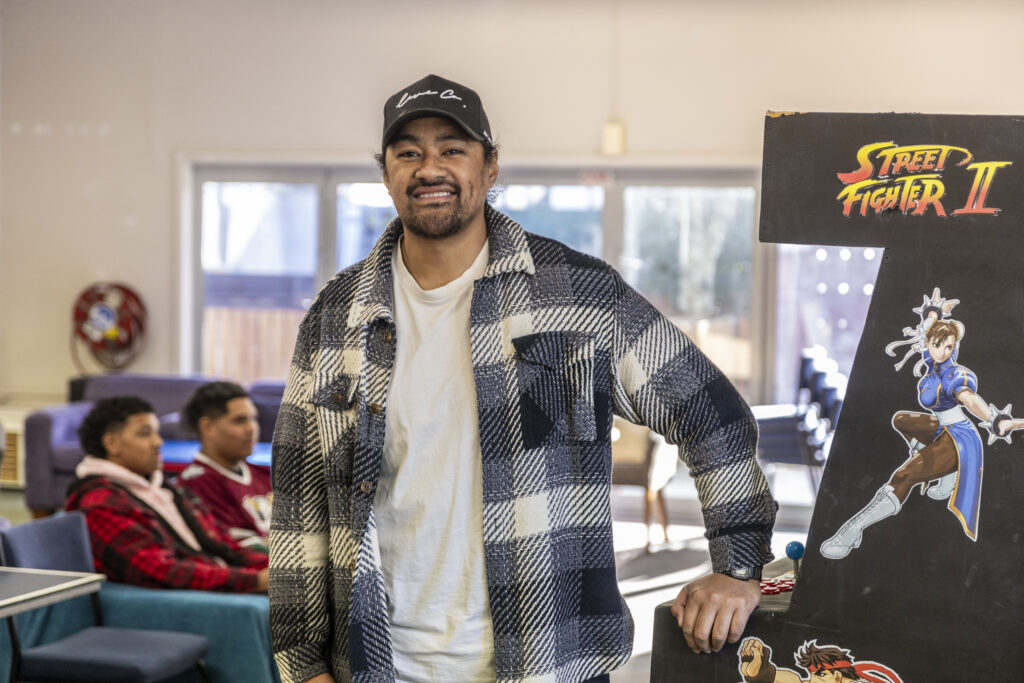
One of their programs is the Amokura initiative which was made possible with funding support of Rata Foundation. The program started with senior students in years 11-13 but now also supports students as young as year 7 in literacy and numeracy, with after school study as an option.
Multiple locations have been set up in different schools in Christchurch which facilitate not only the Amokura program but also extracurricular activities that help students excel in reading and learning.
According to the 2018 data from Stats New Zealand, young Pacific students/learners fall below the national average in both literacy and numeracy. The National Youth Health and Wellbeing Survey 2021 also showed that 42% of Pacific youth look after someone they live with on a regular basis.
According to these stats, it shows that there is potentially more than what meets the eye into the problems that the majority of young Pacific people face while in school.
“A lot of it is just understanding that it’s a deeper issue,” says Uai. “When it comes to student engagement and then achievement, there is a lot under the hood that’s happening for our Pasifika learners.
“It’s one that we (tutors) understand because we were brought up in the same sort of household, understanding the responsibilities at home as well as the obligations with your family.”
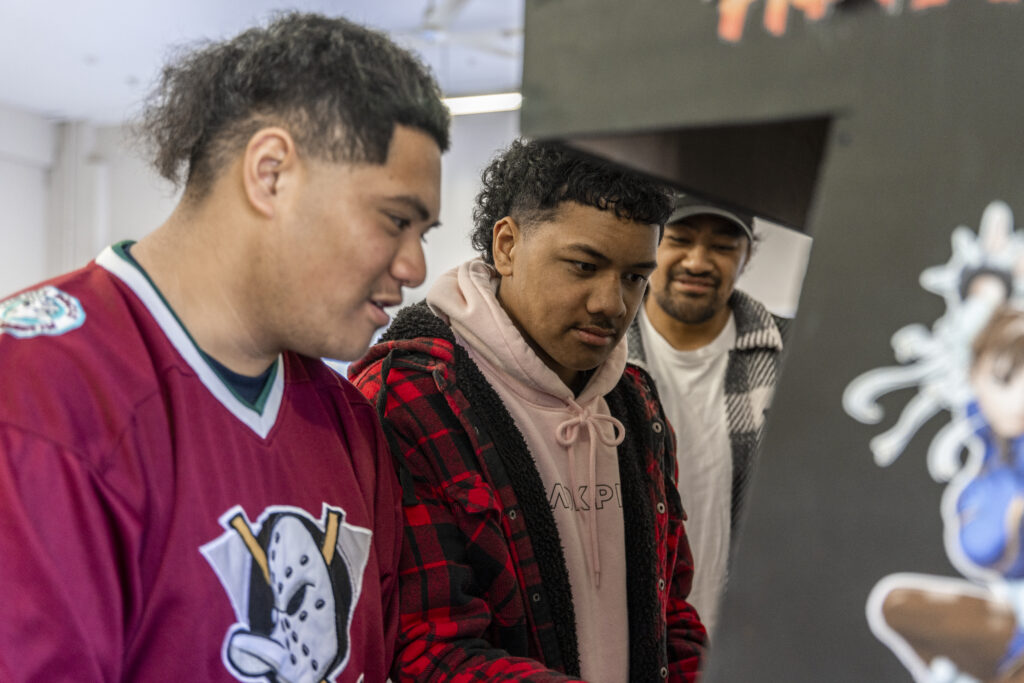
Participants in the Amokura programme have a chance to engage with out-of-school activities such as games, barbering, projects and events. 12 students recently had the opportunity to design and build arcade machines.
“As part of the Amokura programme, we worked closely with twelve disengaged male students who had challenges in mainstream classes,” explains Uai.
“The students worked with an expert at Christchurch City libraries to design using computer-aided design (CAD) programmes. They learnt the basics of 3D drawing, then transferred those skills into the workshop and applied practical skills”.
“The project allowed us to combine digital technology with practical skills, to effectively build student capability in literacy and numeracy.”
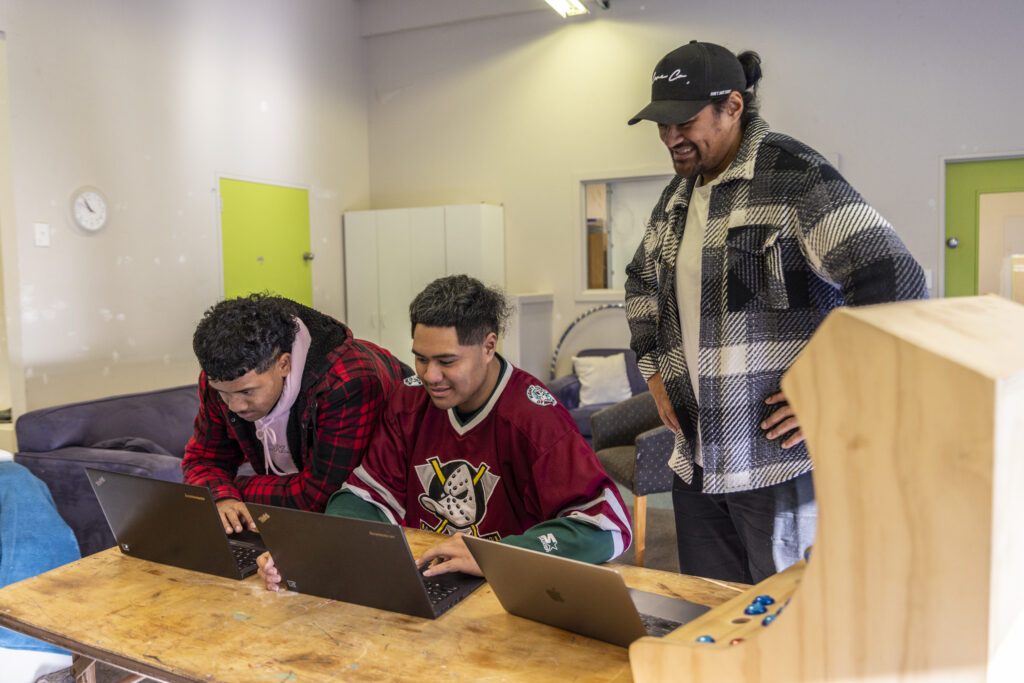
Uai says connection to Pasifika cultures is also a critical part of programme delivery.
“Leading with culture allows us to dive deeper, build better relationships and really get to know the students,” adds Uai.
“For example, we incorporated culture-led practices such as carving workshops and some of our female students worked with a specialist carver. The focus of these sessions was the students learning about aspects of Samoan carving connected to wellbeing”
“We’ve seen some positive results with our approach, including students happier at school, improved attendance and better overall achievement in those key areas of literacy and numeracy.”
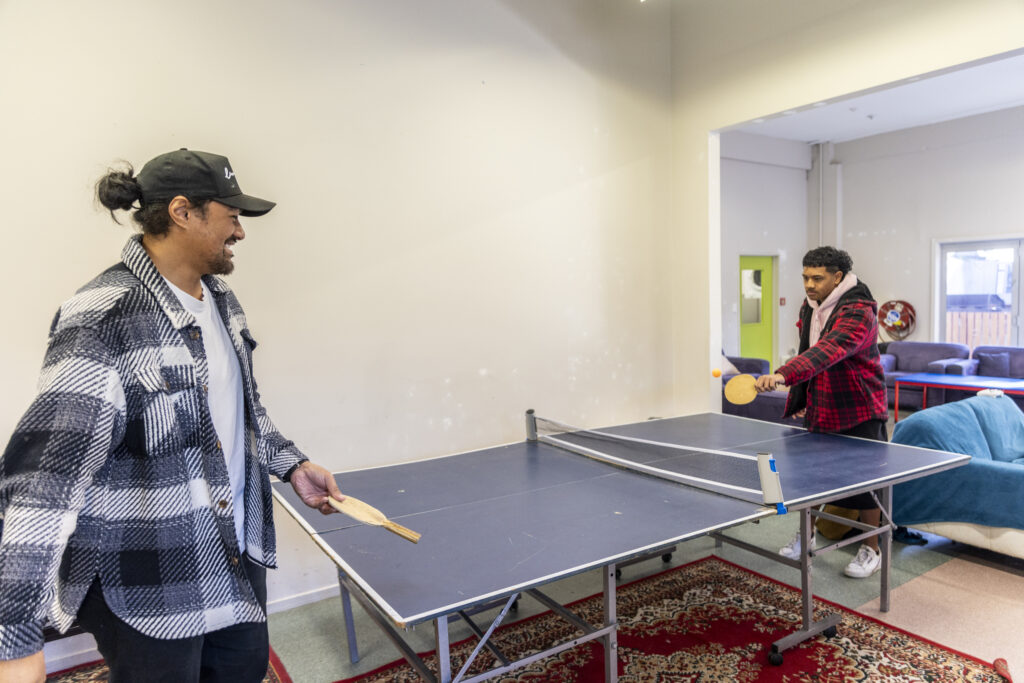
As the South Island’s largest funder, Rātā Foundation has supported Fale Youth through its ‘Learn’ Funding Focus area. Chief Executive Leighton Evans says every student in New Zealand should have access to quality educational opportunities and a pathway to success and lifelong learning.
“Equitable access to education should be a given for all young people, but some students face barriers that impact on engagement and contribute to poor educational outcomes,” says Leighton.
“What is special about the Amokura programme to us is the way Fale has adopted a Pasifika-led approach to re-engage learners and put them on a path to academic achievement, acknowledging and adapting to challenges that are unique to Pasifika students.”
